Here comes El Niño
Warming Pacific Ocean waters periodically unleash extreme weather around the globe. Climate change may make it worse.

Warming Pacific Ocean waters periodically unleash extreme weather around the globe, and climate change may make it worse. Here's everything you need to know:
What is El Niño?
It's a natural, cyclical warming of Pacific Ocean waters that makes global weather more extreme. The phenomenon was named back in the 1600s, when Peruvian fishermen noticed that waters sometimes warmed around Christmastime in the Eastern Pacific Ocean, affecting their catch and the weather. They named the phenomenon El Niño — "The Boy" — after the infant Jesus. The effects of an El Niño vary throughout the world: Some regions experience severe drought and wildfires, while others get massive downpours and flooding. The last full El Niño ended in 2016 — the hottest year on record. A new one was detected this month forming in the Pacific, and some meteorologists warn that this could be a "Super El Niño," dramatically raising global temperatures for a year or more.
Why would this one be stronger?
Global ocean temperatures already have smashed records in four of the past five years. The WMO predicts a 66% chance that this El Niño will temporarily raise global temperatures by roughly 0.7 degrees on top of previous warming of about 2 degrees, sending atmospheric temperatures zooming past the 2.7-degree Fahrenheit (1.5-degree Celsius) threshold established by the Paris climate agreement as a tipping point for more severe consequences. The World Meteorological Organization (WMO) is predicting that there is a 98% likelihood that at least one of the next five years, and the five-year period as a whole, will be the warmest on record. "We're in unprecedented territory," said Michelle L'Heureux, a meteorologist with the National Oceanic and Atmospheric Administration's Climate Prediction Center.
The Week
Escape your echo chamber. Get the facts behind the news, plus analysis from multiple perspectives.

Sign up for The Week's Free Newsletters
From our morning news briefing to a weekly Good News Newsletter, get the best of The Week delivered directly to your inbox.
From our morning news briefing to a weekly Good News Newsletter, get the best of The Week delivered directly to your inbox.
How does an El Niño form?
In the Eastern Pacific, near the equator, trade winds usually flow from east to west, pushing warm surface water toward Australia and Asia and letting cooler water rise to the surface near the Americas. For reasons scientists don't fully understand, during an El Niño period, those winds tend to die down or reverse, allowing the warm surface water to flow eastward and preventing cold water from rising. The moisture of the warm water evaporates into the atmosphere, causing the global temperature to rise, currents to shift, and local weather systems to depart from their usual patterns. Forecasters generally wait until sea surface temperatures rise 0.9 degrees Fahrenheit for at least three months before declaring an El Niño's arrival, which usually occurs every two to seven years.
What happens then?
El Niño usually strikes first in the Southern Hemisphere from July to September (their winter). North America then experiences the impact from December through January. In the southeastern third of the U.S., that often means downpours, flooding, and landslides. But areas further north in the Americas tend to see warmer, drier conditions, which create prime conditions for wildfires such as the 400-plus blazes now burning across Canada. The 1997-98 El Niño caused an estimated 23,000 deaths. El Niño-fueled fires in Southeast Asia alone contributed to as many as 100,000 deaths in 2015 and 2016. Dartmouth researchers recently estimated that each El Niño saps an average of $3.4 trillion from the global economy, destroying crops and preventing the flow of goods and services.
What can we expect from this El Niño?
Scientists can only guess, because it arrives to a changed world. We've just seen the end of an abnormally long La Niña — a countervailing phenomenon in which strong Pacific trade winds periodically increase the upwelling of cold, deep water, producing many of the opposite effects of an El Niño. That La Niña began in 2020 and lasted for most of the past three years before ending in March — but its normal cooling effect did not materialize. Instead, ocean temperatures continued rising, and 2020, 2021 and 2022 remained hotter than any El Niño year before 2015. Though the U.S. is usually given a reprieve from strong, frequent Atlantic and Caribbean hurricanes during El Niños, that's not expected to be the case this time.
Why not?
The world's oceans have absorbed more than 90% of the warmth generated by fossil fuels. As a result, North Atlantic temperatures — which reached nearly 73 degrees this month — are now higher than at "any day in recorded history," according to UCLA climatologist Daniel Swain. The Pacific also appears to be warming in a lasting way. Warm waters make for frequent and powerful hurricanes and cyclones, and forecasters expect an above-average season this year. Marine heat waves also speed up the melting of ice sheets and kill off fish stocks and wildlife. The severe warming of the 2015-16 El Niño destroyed nearly a third of the coral in the Great Barrier Reef. A recent Australian study suggests El Niño/La Niña temperature shocks have grown 10% more extreme since 1960. The double whammy of this El Niño on top of climate change, scientists warn, could trigger weather extremes and disasters of unprecedented scope and scale. "There's a huge amount of heat stored below the surface that's ready to erupt," said NOAA senior scientist Michael McPhaden. "The escalator is only going up."
A free daily email with the biggest news stories of the day – and the best features from TheWeek.com
Peru as ground zero
The cyclical pattern of current and weather changes Peruvian fisherman named El Niño actually dates back thousands of years, at least to the last Ice Age, geological research has determined. The phenomenon may have even played a role in the collapse of ancient civilizations such as the Inca. Every region in the world is affected differently by El Niños; for Peru, they usually bring a major increase in rainfall and storms. Over recent decades, the country has been severely battered during El Niño, with whole villages sliding off sodden mountainsides. In 2017, heavy rain and flooding displaced some 300,000 Peruvians. And this year's El Niño is already being blamed for downpours and a consequential outbreak of mosquito-borne dengue fever that has sickened nearly 140,000 people. "The increase in temperature is going to continue, and diseases like dengue are one of the results," said Dr. Luis Pampa of Peru's National Health Institute. "We don't have to be fortune tellers to say that, if we do not not take this problem seriously, it could get worse."
This article was first published in the latest issue of The Week magazine. If you want to read more like it, you can try six risk-free issues of the magazine here.
-
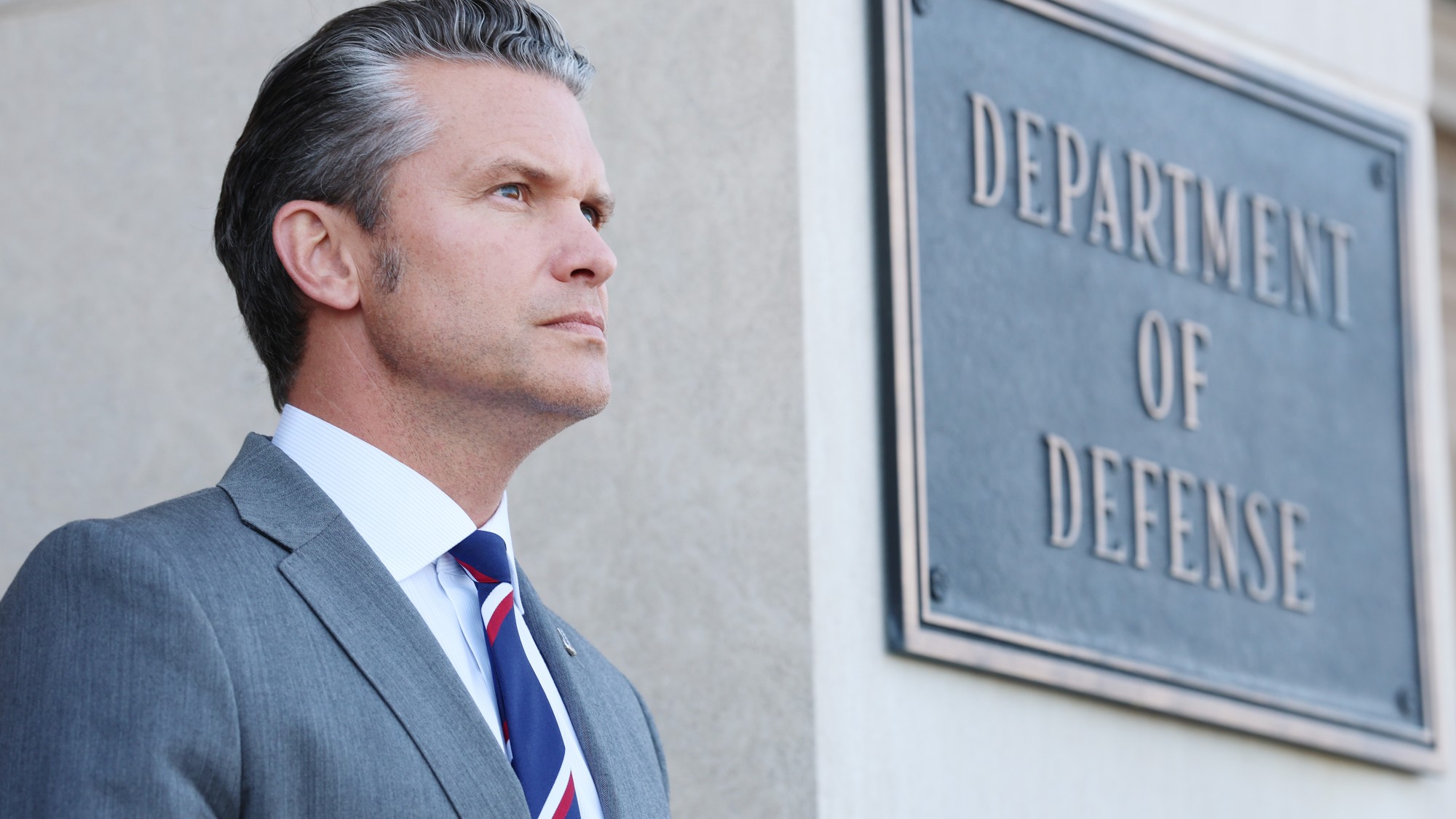 How the War Department became the Department of Defense – and back again
How the War Department became the Department of Defense – and back againIn Depth In 1947 President Harry Truman restructured the US military establishment, breaking with naming tradition
-
 Codeword: December 8, 2025
Codeword: December 8, 2025The daily codeword puzzle from The Week
-
 Sudoku hard: December 8, 2025
Sudoku hard: December 8, 2025The daily hard sudoku puzzle from The Week
-
 5 of the most invasive animal species on the planet
5 of the most invasive animal species on the planetSpeed Read Invasive species are a danger to ecosystems all over the world
-
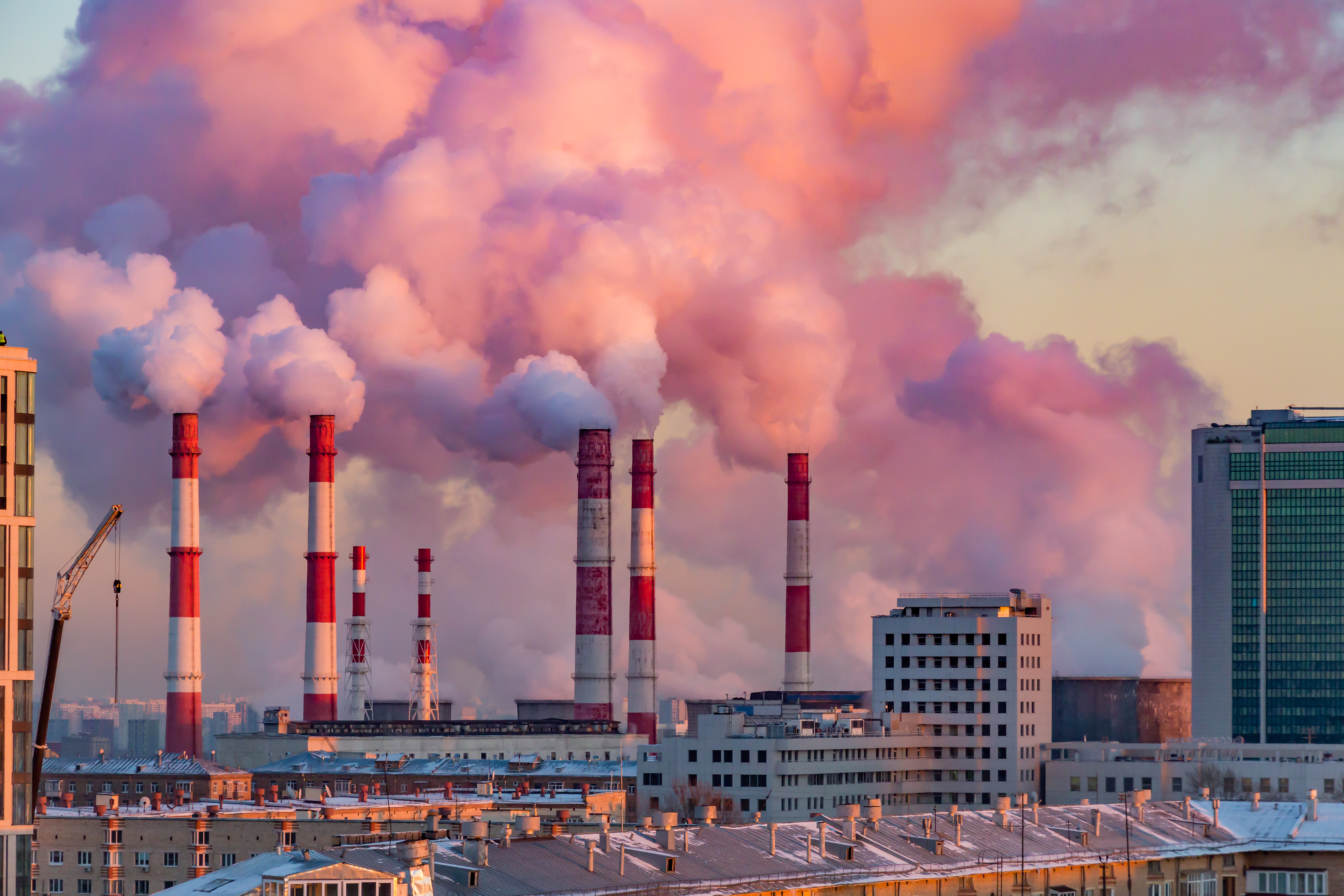 Air pollution is now the 'greatest external threat' to life expectancy
Air pollution is now the 'greatest external threat' to life expectancySpeed Read Climate change is worsening air quality globally, and there could be deadly consequences
-
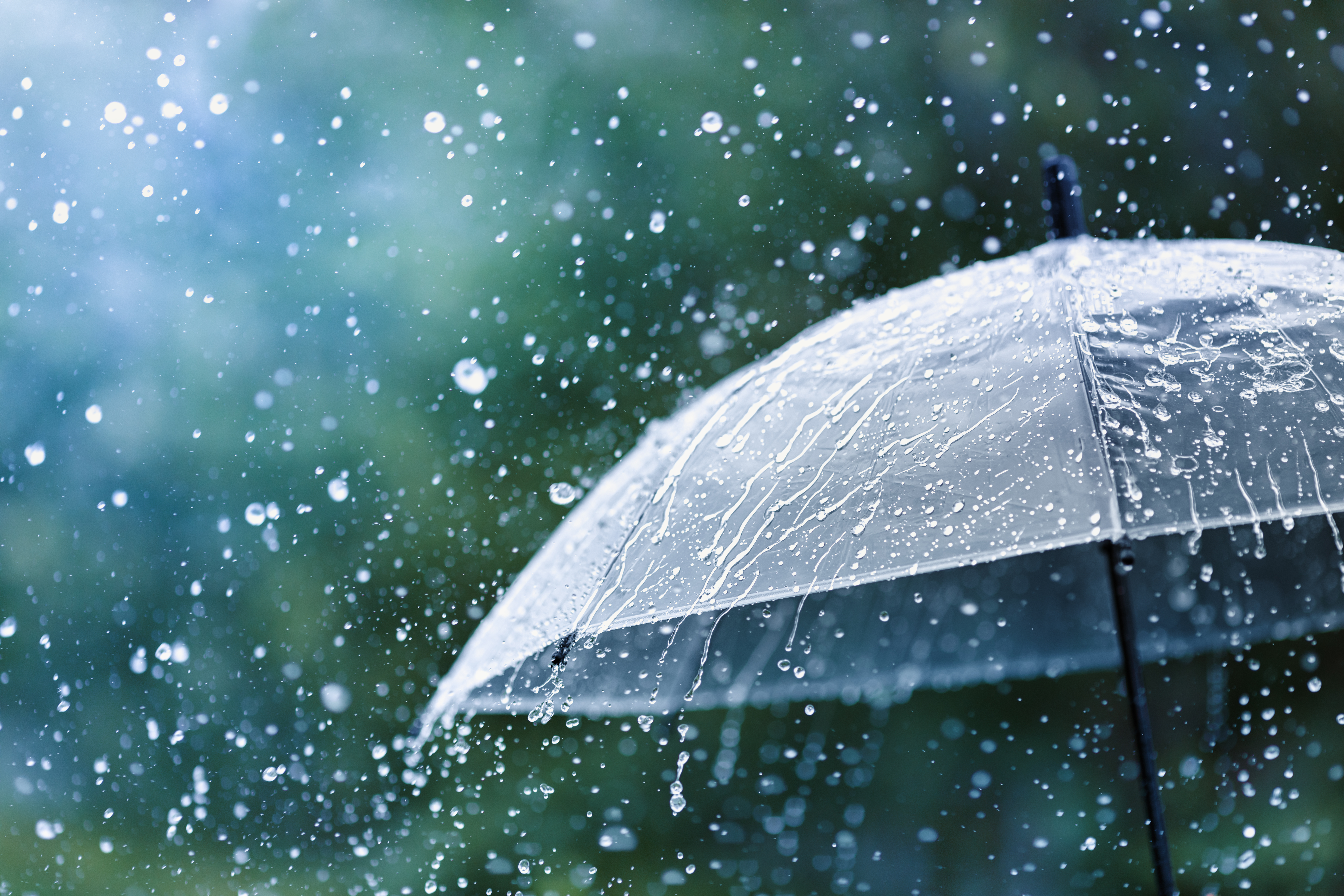 How climate change is impacting the water cycle
How climate change is impacting the water cycleSpeed Read Rain will likely continue to be unpredictable
-
 Why spotted lanternflies are back and worse than ever
Why spotted lanternflies are back and worse than everSpeed Read It's time to get squashing!
-
 Peatlands are the climate bomb waiting to explode
Peatlands are the climate bomb waiting to explodeSpeed Read The destruction of peatlands can cause billions of tons of carbon to be released into the atmosphere, worsening the already intensifying climate crisis
-
 Wind-powered ships are back. But will they make an impact?
Wind-powered ships are back. But will they make an impact?Speed Read The maritime industry is eyeing a pivot back to basics
-
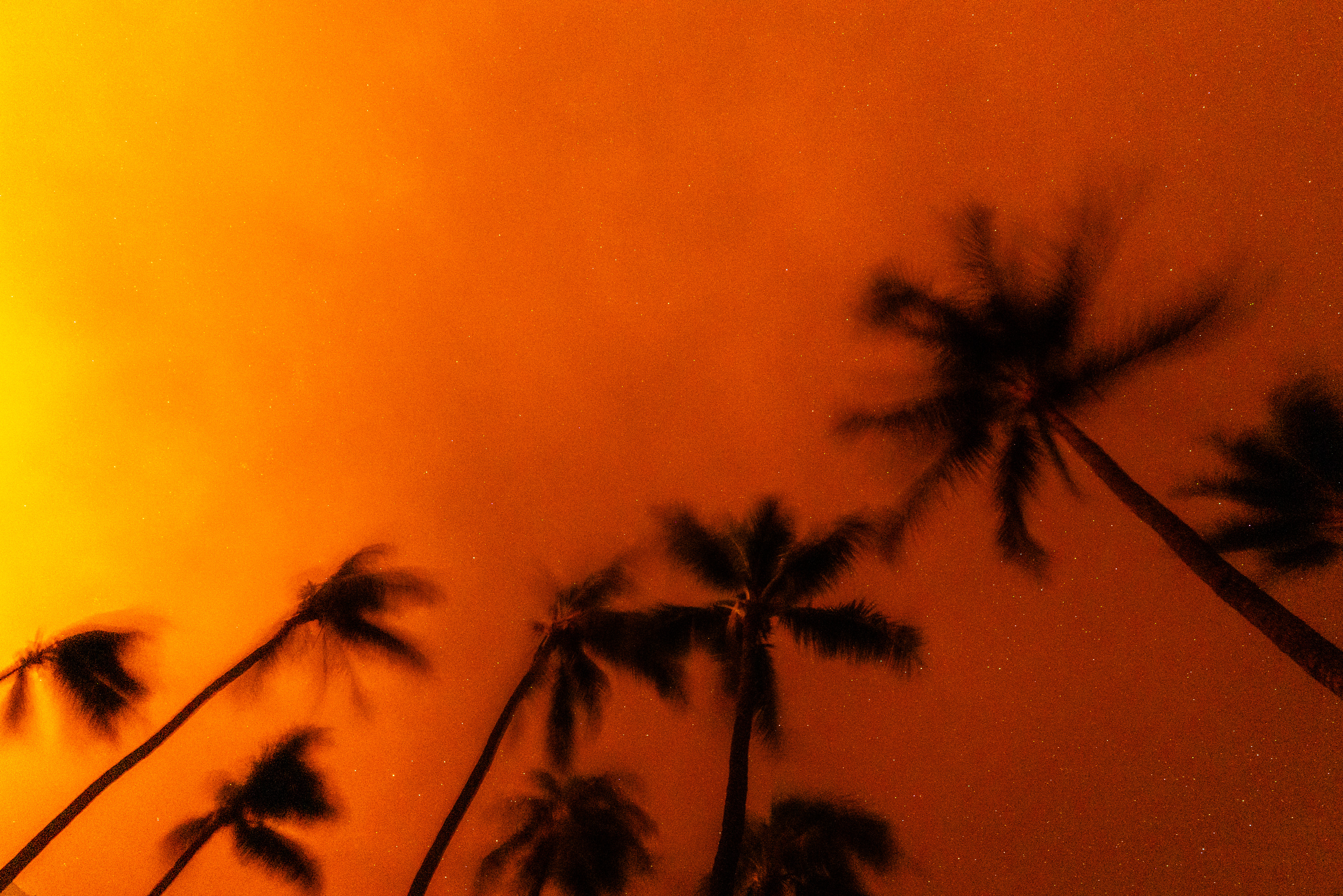 The growing threat of urban wildfires
The growing threat of urban wildfiresSpeed Read Maui's fire indicates a phenomenon that will likely become more common
-
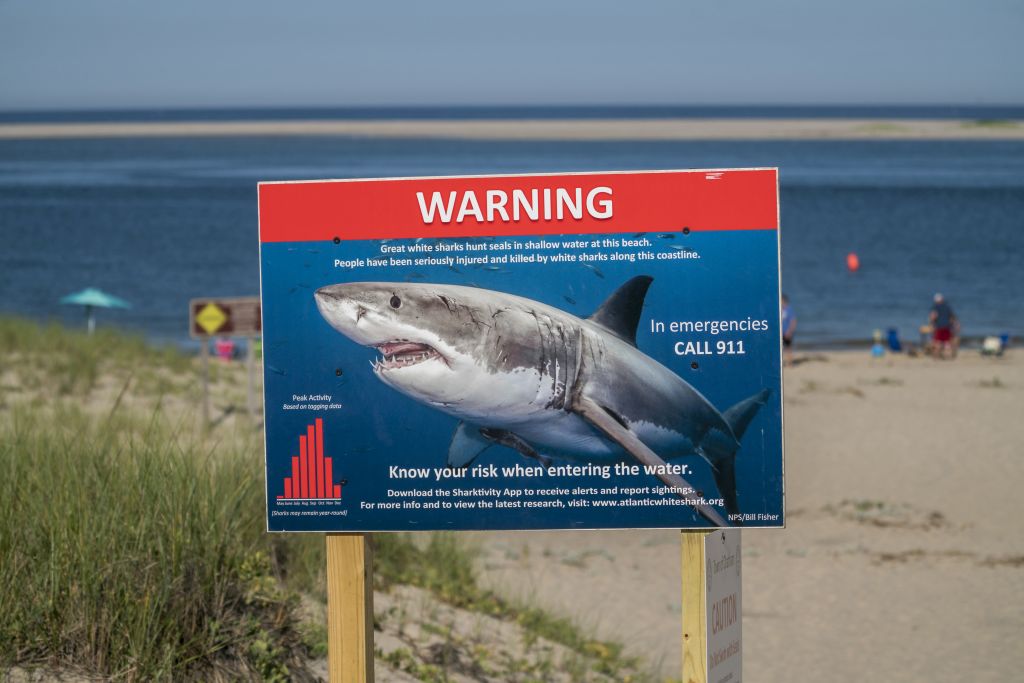 A summer of shark attacks
A summer of shark attacksSpeed Read A spate of shark attacks off the Northeast coast has swimmers and surfers on edge. What’s behind the biting spree?